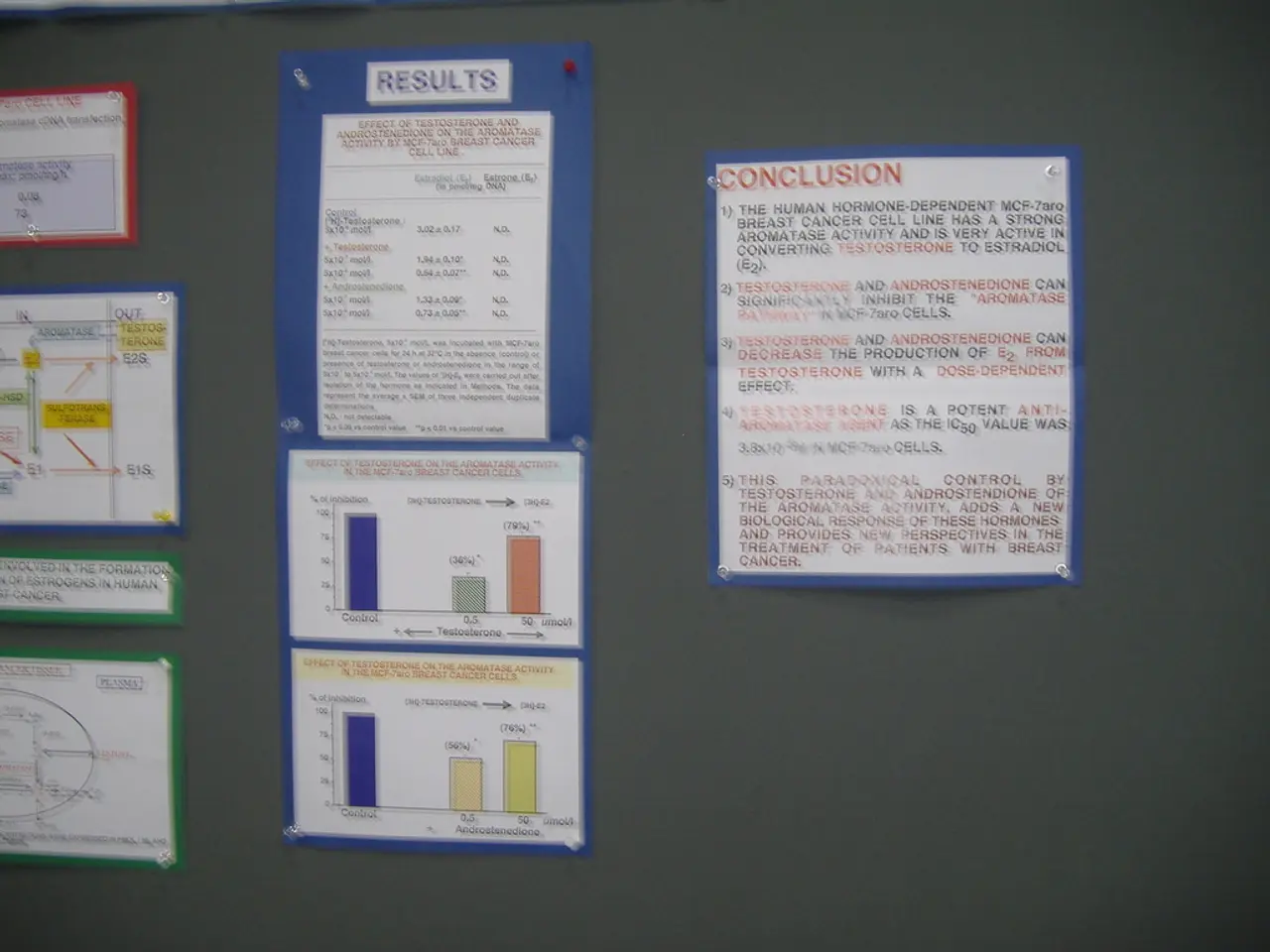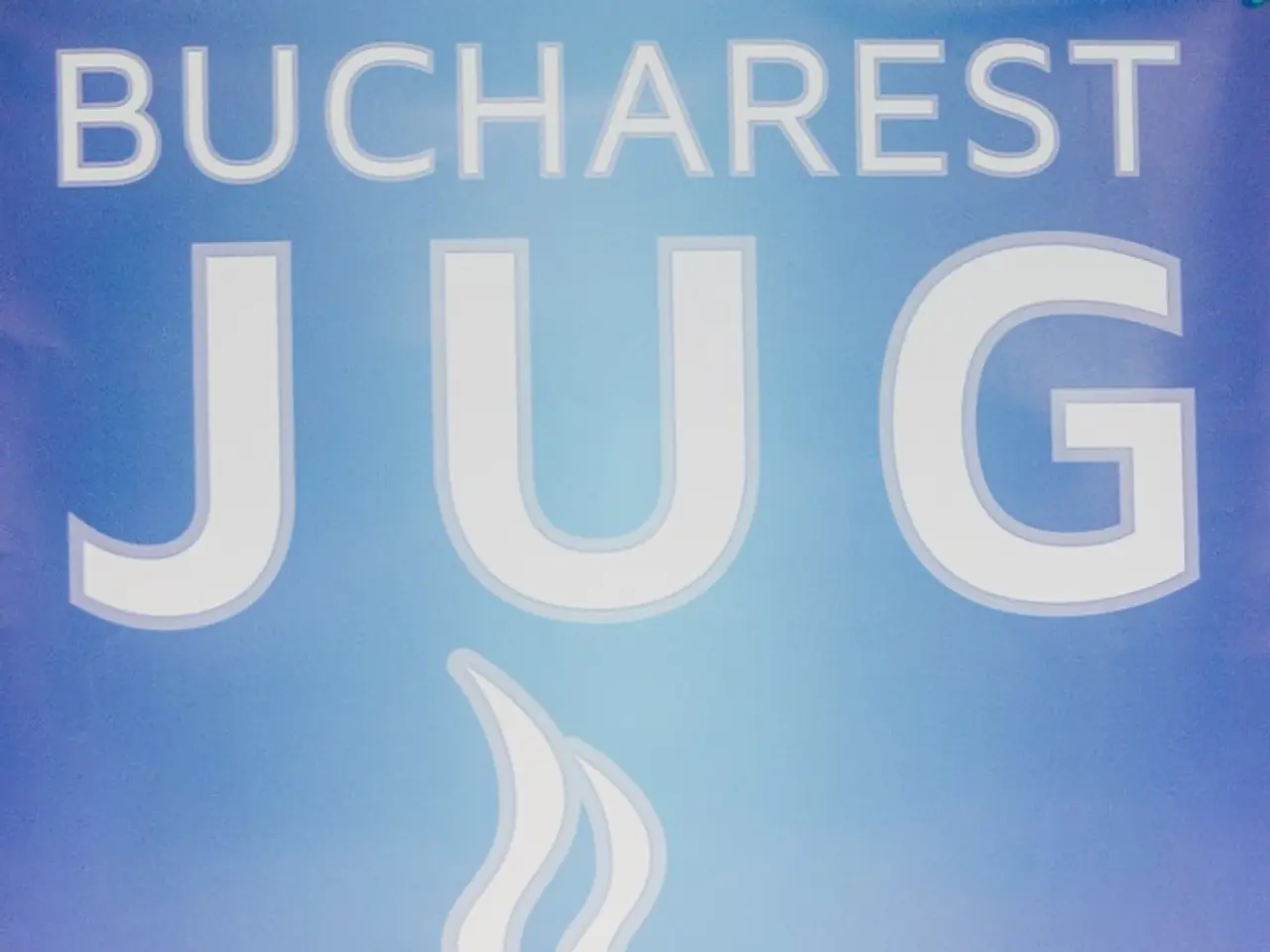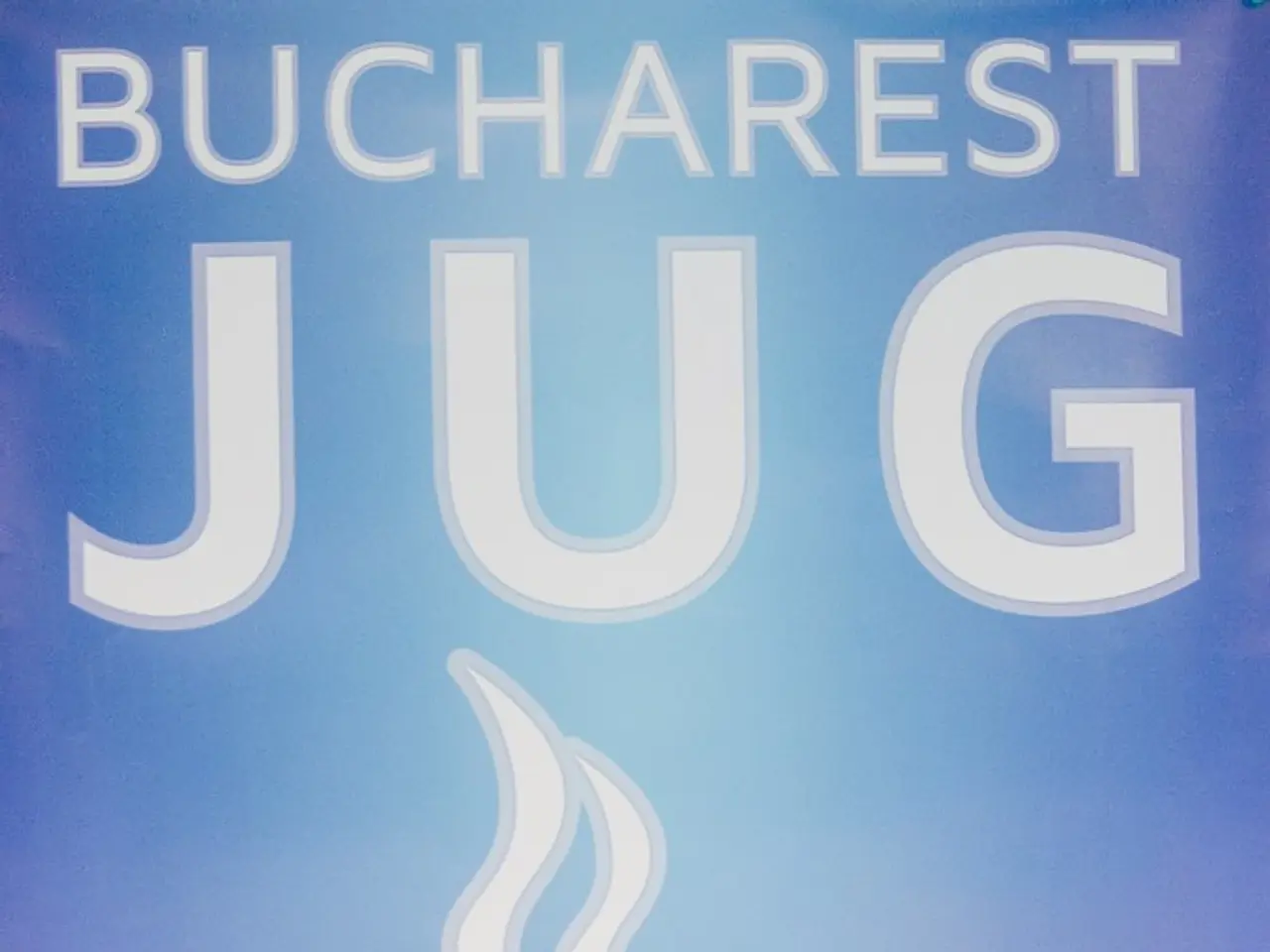A Closer Look at Global X SuperDividend REIT ETF (SRET)
Opt for REET rather than the 8% Yield: REET as a Potential Investment Alternative
The Global X SuperDividend REIT ETF (SRET), launched on March 16, 2015, has been a notable player in the real estate investment trust (REIT) sector. This ETF focuses on high-yield REITs with strong cash flows and conservative balance sheets, aiming to deliver a steady income stream to investors.
Performance and Holdings Analysis
Despite the volatility in the REIT sector, SRET has managed to maintain its dividend payments consistently. As of early 2024, SRET offers a trailing dividend yield of approximately 9%, which is significantly higher than the 10-year Treasury yield of 4.3%. This yield is particularly attractive for investors seeking steady income in uncertain market conditions.
However, it's important to note that SRET's portfolio is heavily concentrated. The ETF has a high exposure to Singapore (17.1%) and is heavily weighted in mortgage REITs (34.2%). This focus on specific regions and sectors may contribute to its higher risk, as evidenced by its drawdown and volatility levels, which are the highest among the compared global REIT ETFs.
In terms of performance, SRET has underperformed both Vanguard Real Estate Index Fund ETF Shares (VNQ) and iShares Mortgage Real Estate Capped ETF (REM) since its inception. Despite this, over the last 12 months, SRET has shown resilience, performing ahead of VNQ and REM with a shallower drawdown and lower volatility.
Comparison to Benchmarks and Competitors
While SRET's high dividend yield makes it competitive against traditional fixed-income benchmarks like Treasury bonds, it's worth considering other high-dividend yield ETFs like the Global X SuperDividend ETF (SDIV). SDIV offers an 11.11% dividend yield, targeting a broader range of high-yield equities rather than focusing solely on REITs. SDIV tracks an equal-weighted index of 100 global securities with high yields, providing a diversified portfolio across sectors and geographies.
In terms of market performance, SRET's resilience in the face of rate hikes demonstrates its ability to navigate challenging economic conditions. However, its performance is closely tied to the REIT sector's health, which can be sensitive to interest rate changes.
Key Metrics
- Distributions from SRET are paid monthly.
- SRET has the highest expense ratio among the compared global REIT ETFs (0.58%).
- SRET has the lowest trading volumes among the compared global REIT ETFs.
- SRET has the highest turnover among the compared global REIT ETFs.
- The portfolio of SRET is mostly invested in U.S.-based REITs (67.6% of asset value).
- REET is leading the pack based on both return and risk-adjusted performance.
- The top 10 holdings of SRET represent 36.3% of asset value.
- Inflation-adjusted value loss for SRET since inception is 70%.
In conclusion, SRET offers a compelling income stream through its focus on high-yield REITs, but its performance may be more volatile compared to broader high-dividend ETFs that diversify across multiple sectors. Investors should carefully consider SRET's concentration risks and its performance history before making investment decisions.
[1] Global X Investments, "Global X SuperDividend REIT ETF (SRET) Fact Sheet" (accessed March 2024). [2] Global X Investments, "Global X SuperDividend ETF (SDIV) Fact Sheet" (accessed March 2024).
Real estate investment is a key focus of the Global X SuperDividend REIT ETF (SRET), which invests in high-yield REITs for a steady income stream. However, SRET's performance may be more volatile compared to broader high-dividend ETFs that diversify across multiple sectors due to its concentration risks, as evidenced by its high exposure to mortgage REITs and specific regions.
Finance professionals might find it beneficial to compare SRET with the Global X SuperDividend ETF (SDIV), another high-dividend yield ETF that targets a broader range of high-yield equities, offering a more diversified portfolio across sectors and geographies.




